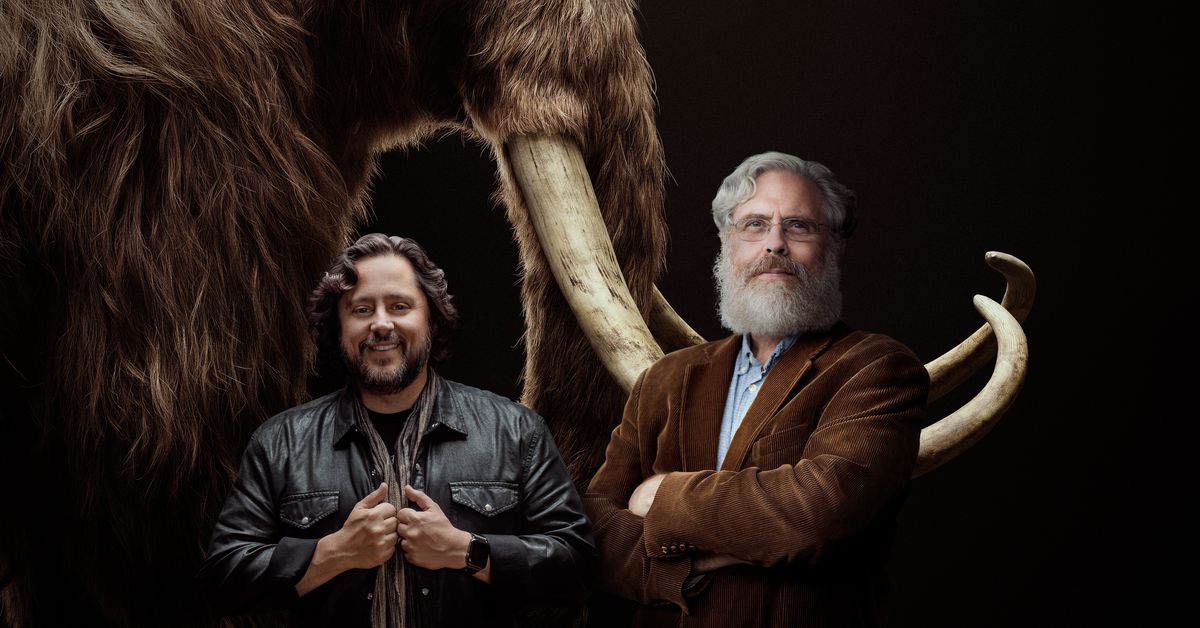
Instead, Colossal’s de-extinction effort aims to create a hybrid between a woolly mammoth and its distant relative (the two share a common ancestor): the Asian elephant, which itself is an endangered species.
Mammoths are a poor choice for de-extinction — a field of research that has picked up steam in recent years — and this project might steal the spotlight from more important conservation efforts, ecologists and biologists tell The Verge.But if it’s called conservation, and if it’s called fighting climate change, that’s when the problems arise.â€.
That’s what Colossal might one day create using CRISPR technology to edit the DNA of an Asian elephant to introduce traits from woolly mammoths.
“Even within endangered species that we want to keep from going extinct, we have to prioritize what are the winners and the losers,†says Ginger Allington, a landscape ecologist and assistant professor at George Washington University.Funding de-extinction could hurt other conservation efforts by siphoning off limited resources, Bennett’s previous research has found.Spending the same amount of money on traditional conservation efforts could save up to eight times more species than if the money was to be spent on de-extinction.
The Asian elephant itself could use help; its numbers have dropped in half over the past three generations.
Lamm believes Colossal’s work might benefit the elephants and draw more attention to other conservation efforts.“We feel very confident about what we can do to help the elephant lineage … For us it’s about giving the species additional tools to survive.†An elephant with mammoth traits would be better able to survive in the Arctic’s cold temperatures, away from urbanization that threatens its species, he says.
But for Colossal to be able to fulfill its goals, it would need to ensure that there are enough of the animals to do the job that mammoths once did.Otherwise, the animal could become a sort of “eco-zombie†that doesn’t meaningfully participate in its ecosystem as it once did, as McCauley and other authors describe in their 2017 paper about how to prioritize species for de-extinction efforts.